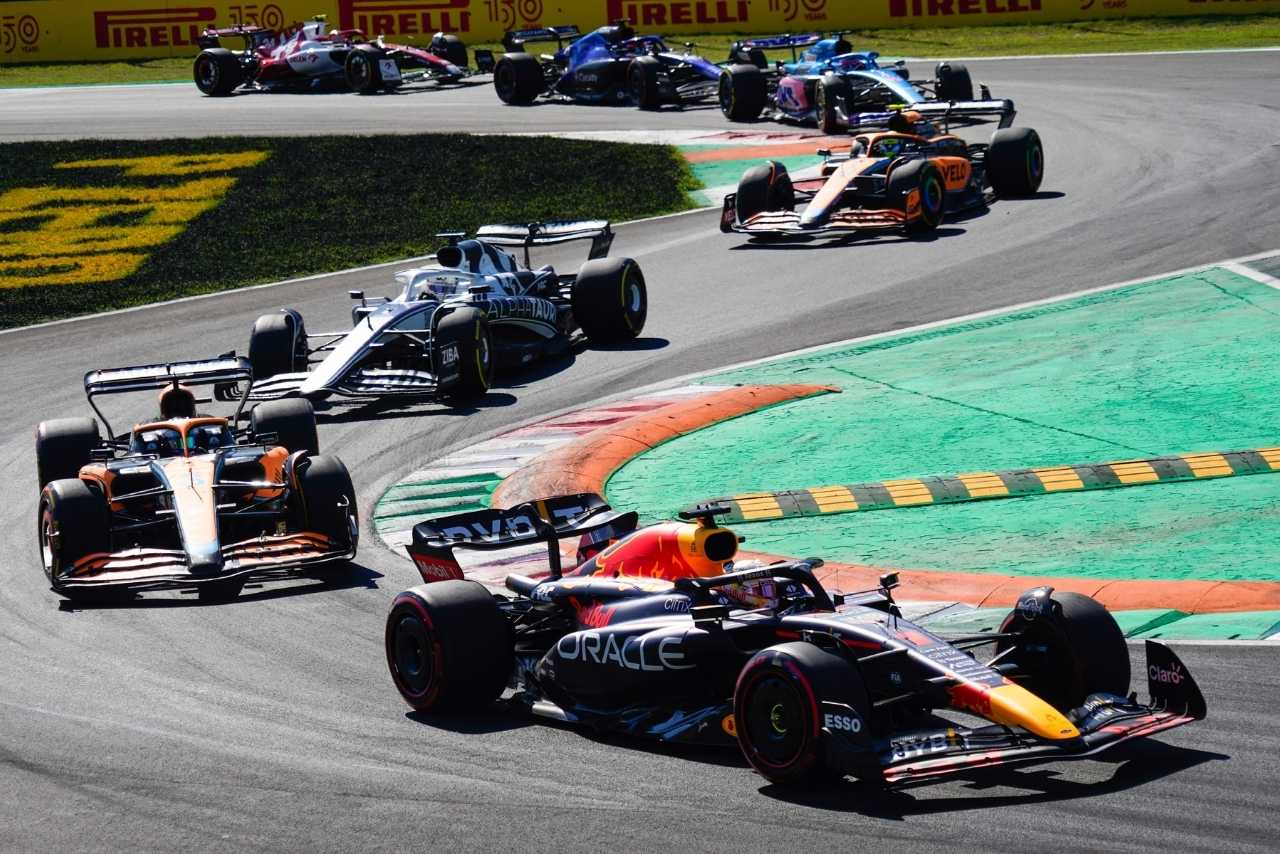What is Solar Panel Efficiency? Factors that Affect Efficiency and Ways to Increase It
Searching for more information on solar cell efficiency? Click here for a detailed guide on solar panel efficiency, how to calculate it & the factors that affect it. The post What is Solar Panel Efficiency? Factors that Affect Efficiency and Ways to Increase It appeared first on Rooftop Solar for your home and more - Blog | SolarSquare.

Solar panel efficiency refers to the amount of sunlight a solar panel can convert to electricity under standard test conditions (STC). Multiple factors that determine solar power efficiency include temperature, the PV technology and material used to create solar cells, the amount of direct sunlight that falls on the panels, and the tilt angle and direction of the modules. Advanced solar panels made of bifacial Mono-PERC half-cut solar cells have reached efficiencies of 22.5%.
When we say the solar cell efficiency is 22.5%, it means the concerned photovoltaic cells convert 22.5% of the sunlight falling on them into electricity. Maintenance of solar panels is a major factor that determines how efficient your modules will remain over time. As per studies, solar panels that are not cleaned for 2 years become 30% less efficient by the end of year 2 compared to the panels that are cleaned professionally periodically.
In this blog, we will explain how efficient are solar panels, how you can calculate the solar cell efficiency using a simple formula, the factors that affect the solar panel efficiency, maintenance practices that can increase the efficiency of solar panels, how different types of solar panels have different efficiencies, and how to choose the right rooftop solar panel for homes in India.
TL;DR Summary Box: What is a Good Cell Efficiency For a Rooftop Solar Panel for Homes?
Solar panel efficiency in India typically ranges from 19% to 22%, with higher efficiency modules producing more electricity per square meter of roof space. For homes in India, installing bifacial solar panels with efficiencies of 22% is ideal for an excellent ROI.
The cost of installing an on-grid solar system with bifacial modules can break even in 3 to 5 years. After that, the plant produces free solar electricity throughout its life of 25+ years. In fact, well-maintained solar energy systems continue to work at 80% efficiency even after 25 years.
Here are the main topics that have been discussed in this guide in detail:
Main Topics Quick Takeaways What is solar panel efficiency? The percentage of sunlight that a solar cell can convert into electricity determines the efficiency of a solar panel. How efficient are solar panels used at homes? The efficiency ranges from 19% to 22%, based on the type of panels. How to increase solar power efficiency? You must let professionals clean your panels periodically to take care of dirt, dust, debris, and bird droppings. Impact of extreme weather on solar efficiency High temperatures and heat waves reduce the solar panel efficiency by 10-25%. Similarly, hailstorms, dust storms, and cyclones impact the efficiency of solar panels. How to choose high-efficiency solar panels for homes? Consider the space available on your rooftop and whether shadows afflict the roof during peak sunshine hours. How much does rooftop solar panel installation cost in India in 2025? ~Rs. 90,000* in Lucknow for a 2 kW solar system to ~Rs. 5.62 lakh* in Bengaluru for a 10 kW solar system after subsidy.
*Please note: The above-mentioned solar plate price is indicative as of 14th August 2025 for the SolarSquare Blue 6ft variant. The final cost of installing an on-grid rooftop solar panel system at home depends on your DISCOM charges, product variant opted for, panel type, inverter type, mounting structure height, type of after-sales service, savings guarantee, roof height, etc. Prices are subject to change.
What is Solar Panel Efficiency and How is it Calculated?
Solar panel efficiency or solar cell efficiency measures how effectively solar cells convert sunlight into electricity. It represents the percentage of sunlight that solar cells convert into usable electricity under standard test conditions (STC). Solar panel manufacturers measure solar energy efficiency of the panels using specific laboratory conditions, which are:
- 1,000 watts per square meter irradiance
- 25°C cell temperature
- 1.5 air mass spectrum
Considering solar power efficiency while buying a module is important because efficiency directly impacts the power generation capacity of your solar system. It’s a clear indication of how much electricity the system can produce based on the space available on your rooftop.
Calculate your savings

Forecast your savings with solar on your investment on the SolarSquare’s plant

How is Solar Panel Efficiency Measured?
The solar cell efficiency calculation uses a very simple formula:
100 x (Solar panel’s maximum power output in watts divided by the product of the panel’s surface area and incident solar power).
Here’s how this formula is represented mathematically:
Efficiency (η) = 100 x (Panel’s output in watts / Area x irradiance).
Let’s understand this better through an example.
Suppose, you have a 400-watt solar panel measuring 2 square meters under 1,000 W/m². Based on the formula above, this solar panel will have an efficiency of 100 x (400 / 1,000 x 2) = 20%.
Do Solar Panels Have Same Efficiency in the Real World as Found Under Standard Test Conditions?
When solar panel efficiency is calculated in a lab, it happens in a very controlled environment. This, however, is not the case in the real world. In reality, solar panels are subjected to various adversities, including high temperatures, rainfall, dust, and air pollution. In fact, external factors like fluctuating sunlight and shadows from nearby objects also make a significant impact on the actual solar panel efficiency.
Simply put, the solar cell efficiency given by the laboratory provides just a baseline comparison. The real-world performance of solar panels varies significantly from these controlled conditions.
Here’s how different factors impact the real-world solar power efficiency of solar panels:
- Temperature variations: Solar panels can lose 0.4-0.5% efficiency per degree above 25°C.
- Irradiance fluctuations: Cloudy conditions can reduce the solar energy efficiency of solar panels by 10-25% of peak performance.
- Atmospheric conditions: Dust, humidity, and air pollution affect the efficiency as they can block sunlight from directly falling on top of solar panels. Statistically, it has been found that dust can reduce solar panel efficiency by 60% in deserts.
- Installation factors: Shading, panel orientation, and mounting angle have a great impact on the overall performance of the panels.
- Seasonal changes: Solar efficiency decreases significantly during the rainy season compared to summer, due to the lower intensity of sunlight during monsoons.
Needless to say, ensuring your solar panels perform to the best of their capacity largely depends on whether you had your rooftop inspected and system installed by experts who carefully selected a spot that wouldn’t be affected by shadows during peak sunshine hours.
For instance, experts at SolarSquare visit the customer’s home for a free rooftop inspection before installing the solar system. During this inspection, a trained professional will conduct a site visit to record all shadow-casting objects on your roof and record their locations and heights.
This is followed by a multitude of steps:
- A shadow analysis is performed using advanced software: Our design team conducts a real-time shadow analysis. Using that, a 3D plant layout is prepared. This ensures that the panels are placed in an ideal spot so they can remain shadow-free from 9 AM to 4 PM.
- We determine the suitable panel tilt and slope: Our experts find the suitable tilt at which the panels will remain perpendicular to the sun for as long as possible. This usually ranges from 10 degrees in South India to 30 degrees in North India.
You must get optimum after-sales services so professionals can clean your solar panels periodically to ensure the system continues producing maximum electricity.
How Efficient are the Solar Panels Used for Solar Installations at Home?
Solar panel efficiency typically ranges from 19% to 22% for commercially sold solar panels in India.
If your rooftop has limited space and your power requirements are high, you should install higher efficiency bifacial solar panels since they can generate more power per square meter (up to 22%) in comparison with monocrystalline solar panels that have an efficiency of 19%. Bifacial modules are particularly valuable for Indian homes with limited roof area.
Types of Solar Panels and Their Efficiencies
Polycrystalline solar panels with an efficiency of 16-17% and a lifespan of 20-25 years have significantly dominated commercial rooftop system installations and the residential solar sector in India. However, with time, poly panels have become almost obsolete because more advanced solar panels with higher efficiency, longer life, and a better ROI have hit the market.
Bifacial solar panels are the most recommended modules for rooftop solar for housing societies and homes. They’re closely followed by monocrystalline solar panels.
Here’s a snapshot of the different types of solar panels, their efficiency, and ideal uses to give you an idea whether they’re a current favorite technology or something that’ll boom in the future:
Types of Solar Panels in India Efficiency and Lifespan Best For Commercial Installation or Not? Monocrystalline solar panels Efficiency: 19-20%
Lifespan: 30-40 yearsUsed in homes, corporate buildings, as well as smart lighting Polycrystalline solar panels Efficiency: 16-17%
Lifespan: 20-25 yearsAlmost obsolete technology in India Thin-film solar panels Efficiency: 11-12%
Lifespan: 10-20 yearsVehicles and temporary structures
Not suitable for mass-scale adoption at homes or housing societiesOPV solar panels Efficiency: 10-12%
Lifespan: ~10+ yearsSmart architecture, temporary structures
Not durable enough for home installations yetPerovskite solar panels Efficiency: 25-35%
Lifespan: ~2.5 yearsResearch labs, pilot installations
Not rugged enough to be used as PV installations commercially yetCPV / HCPV solar panels Efficiency: Up to 41%Lifespan: 20+ years Utility-scale solar farms and desert installationsNot economically suitable for homes Bifacial solar panels Efficiency: Up to 22%
Lifespan: 25+ yearsIdeal for homes with reflective rooftops PERC solar panels Efficiency: 19-22%
Lifespan: 25+ yearsSmall rooftops, urban homes Mono-PERC half-cut bifacial solar panels Efficiency: Up to 22.5%
Lifespan: 25-30 yearsPerfect for homes with partial shading
What Are the Factors that Affect Solar Panel Efficiency in India?
Other than the fact that solar panels lose some efficiency annually as they age (usually 1%), factors such as temperature, cell technology, type of solar inverter, solar irradiance level, atmospheric conditions like dirt and dust, panel orientation, and tilt angle make a significant impact on the solar efficiency of your panels.
Let’s understand all the factors in detail:
- Cell technology: The latest modules that use bifacial cells have high efficiencies of 22%. This is 2-3% higher than monocrystalline cell technology and 5-6% higher than polycrystalline cell technology.
- The quality of solar panel’s construction: High-quality anti-reflective coatings reduce light reflection losses. When manufacturers use superior encapsulation materials and tempered glass, they protect the solar cells from moisture and UV degradation. It maintains the panel’s transparency and structural integrity over decades.
- Temperature conditions akin to heat waves: Solar panel efficiency decreases by 0.4-0.5% for every degree Celsius above 25°C. During the summer months, when temperatures in India can reach 45-50°C, the cell temperatures exceed 70°C. This can reduce the solar energy efficiency of the panels by 10-25% compared to standard test conditions.
- Solar irradiance levels in the real world: While solar panels are rated at 1,000 W/m² irradiance, real-world conditions vary from 200 to 1,200 W/m² throughout the day. Peak efficiency occurs during 10 AM and 2 PM in many Indian cities.
- Atmospheric conditions: Dust, humidity, air pollution, and haze reduce the amount of sunlight reaching panel surfaces. For instance, the annual electricity yield in a heavily polluted city like Delhi is 1,330 units. On the other hand, solar systems in cities like Indore with a better air quality index produce around 1,410 units of electricity annually.
- Panel orientation and tilt angle: In India, south-facing panels with tilt angles matching local latitude (typically 10-30°) achieve maximum efficiency.
- Effects of shading: Even partial shading covering 10% of a panel can reduce the total output of the string by 30-40%. Common shading sources include trees, buildings, chimneys, and nearby structures that cast shadows during peak sun hours.
- Dirt and debris accumulation on the panel’s surface: Without regular cleaning, dust buildup can reduce solar panel efficiency significantly. For instance, one study proved that 4% soiling on the surface of solar panels can reduce the solar cell efficiency by 30%. Bird droppings, leaves, and pollens further degrade performance.
- Panel age and degradation: All panels suffer from an annual power loss due to factors such as material degradation, UV exposure, and thermal cycling. Usually, the annual panel degradation rate can be up to 1%.
- Impact of monsoon season: India experiences heavy monsoons. During this season, there’s constant cloud cover, which reduces the sunlight reaching the solar panels. Although power generation doesn’t stop because solar panels use light, not heat, to generate electricity, it does reduce. The solar power efficiency of the panels in monsoons can be reduced by 10-25%.
- Type of solar inverter you choose: This might sound a bit hard to believe, but the type of solar inverter can significantly impact the solar cell efficiency. Choosing a solar inverter with MPPT technology instead of PWM technology ensures that the panels are always generating the maximum possible power at all times. In fact, MPPT inverters can make the panels produce up to 30% more power than the PWM inverters.
How to Increase the Efficiency of Your Solar Panels?
Great maintenance practices involve professionals periodically cleaning solar panels with special tools and solvents, which is one of the best ways to keep the panels performing at their peak efficiency.
Here are the many different ways in which you can increase the efficiency of your solar panels through proper system maintenance:
- Regular cleaning: Monthly washing during dry seasons and bi-monthly during monsoons is a great maintenance practice.
- Visual inspections: Professionals can carry out quarterly checks for physical damage, loose connections, or shading issues.
- Performance monitoring: Real-time system monitoring is another preventive measure that helps identify and fix efficiency degradation.
- Professional servicing: Annual electrical inspections and component testing are very useful to ensure high solar panel efficiency as the system ages.
- Vegetation management: Trimming trees and plants that may create shading problems is a great practice to ensure solar panels receive uninterrupted and direct sunlight.
To ensure your solar panels perform at their best, SolarSquare offers a comprehensive 5-year solar system maintenance plan. We offer a minimum of 45 maintenance visits in 5 years to take care of your solar system’s health.
What’s the Impact of Extreme Weather on Solar Panel Efficiency?
India’s extreme weather has a direct impact on the solar power efficiency of panels. Extreme conditions, such as heatwaves, hailstorms, coastal storm cyclones, and dust and sandstorms in deserts, fluctuate the overall energy output of the modules.
Let’s study the impact of extreme weather on solar panel efficiency in detail:
- Impact of hailstorm on solar cell efficiency: Small hailstones that are under 25mm rarely affect the solar cell efficiency. However, larger stones can create micro-cracks that reduce efficiency by 5-15% per affected panel.
- Impact of heatwaves on solar panel efficiency: Temperatures above 40°C create heatwave-like conditions, raising the temperature of solar cells above 70°C. This can reduce solar efficiency by 10-25%.
- Impact of cyclones in coastal regions of India on solar efficiency: Panels exposed to salt-laden air deposits can get covered by salty residue. This can lead to corrosion, resulting in reduced solar cell efficiency due to inadequate cleaning and maintenance.
- Impact of severe dust and sand storms on solar cell efficiency: In regions like Rajasthan that witness heavy dust storms, studies have shown that accumulated dust can reduce the solar panel efficiency by 60%.
How to Choose the Most Efficient Solar Panels For Residential Installations?
Selecting a solar panel that will produce maximum power for your home depends on multiple factors, such as shadow issues on the roof, space available for installation, and the weather conditions and temperature in your city.
Let’s check out how you can choose the most efficient solar panels based on your requirements and rooftop condition:
- Rooftops with limited space: High-efficiency solar panels like bifacial panels become essential for meeting energy requirements in homes with a limited rooftop area.
- Rooftops with ample space but limited budget: You can go for cost-effective monocrystalline solar panels since they cost less than bifacial panels but require more space. However, if shadows afflict your rooftop, it’s better to invest in the latest technology, half-cut solar panels and MPPT solar inverters. This might raise your budget, but the ROI will be worth it.
- Heavily shaded rooftops: Shading severely impacts solar panel efficiency, and many Indian homes often face shading from nearby buildings, trees, water tanks, or satellite dishes. In such cases, ensure that you opt for bifacial half-cut solar panels and microinverters with an MPPT algorithm, as these work best even under shadows. However, if the shading is moderate and not during peak sunshine hours, you should opt for high-efficiency panels and string inverters with an MPPT algorithm, as they can be up to 90% cheaper than microinverters.
- Hot and dry climatic conditions: In areas that experience intense summers and heatwaves, you should opt for bifacial solar panels with a low temperature coefficient, as their heat tolerance is higher. It means they perform better even under intense heat.
Always keep in mind the shadows on the roof, available space for installation, and local climatic conditions when choosing a solar panel that best suits your needs.
How Much Does Solar Panel Installation in India Cost in 2025?
The cost of installing an on-grid solar system in India can range from ~Rs. 90,000 in Lucknow for a 2 kW solar system to ~Rs. 5.62 lakh in Bengaluru for a 10 kW solar system after you avail a subsidy under the PM Surya Ghar Muft Bijli Yojana.
*Please note: The above-mentioned solar plate price is indicative as of 14th August 2025 for the SolarSquare Blue 6ft variant. The final cost of installing an on-grid rooftop solar panel system at home depends on your DISCOM charges, product variant opted for, panel type, inverter type, mounting structure height, type of after-sales service, savings guarantee, roof height, etc. Prices are subject to change. Also, you will not get a subsidy for installing off-grid solar systems in India. Subsidy is offered for installing rooftop on-grid solar systems for homes and housing societies.
Here’s a snapshot of the solar panel price in India in 2025 with and without a subsidy:
Solar System Size Solar Plate Price in India Without Subsidy (Starting price – Indicative for base variant)* Solar Panel Price in India With Subsidy (Starting price – Indicative for base variant)* 2 kW solar system ~Rs. 1.8 lakh in Lucknow to ~Rs. 2 lakh in Bengaluru ~Rs. 90k in Lucknow to ~Rs. 1.40 lakh in Bengaluru 3 kW solar system ~Rs. 2.10 lakh in Lucknow to ~Rs. 2.35 lakh in Bengaluru ~Rs. 1.02 lakh in Lucknow to ~Rs. 1.57 lakh in Bengaluru 4 kW solar system ~Rs. 2.55 lakh in Lucknow to ~Rs. 2.85 lakh in Bengaluru ~Rs. 1.47 lakh in Lucknow to ~Rs. 2.07 lakh in Bengaluru 5 kW solar system ~Rs. 3.10 lakh in Lucknow to ~Rs. 3.70 lakh in Bengaluru ~Rs. 2.02 lakh in Lucknow to ~Rs. 2.92 lakh in Bengaluru 10 kW solar system ~Rs. 5.80 lakh in Lucknow to ~Rs. 6.40 lakh in Bengaluru ~Rs. 4.77 lakh in Lucknow to ~Rs. 5.62 lakh in Bengaluru
*Please note: The above-mentioned solar plate price is indicative as of 14th August 2025 for the SolarSquare Blue 6ft variant. The final cost of installing an on-grid rooftop solar panel system at home depends on your DISCOM charges, product variant opted for, panel type, inverter type, mounting structure height, type of after-sales service, savings guarantee, roof height, etc. Prices are subject to change.
System Installation Cost vs Solar Savings in 25 Years
Installing on-grid rooftop solar systems at homes can reduce your electricity bills by more than 90% and save you tens of lakhs of rupees. Don’t believe us? Let’s give you an estimate of the cost of installing a solar system in a city like Nagpur, vs how much money that system will save you in 25 years of its life.
Solar System Size Solar Panel Price in Nagpur With Subsidy (Starting Price – Indicative for Base Variant)* Solar Savings in Nagpur in 25 Years* 2 kWp ~ Rs. 1.15 lakh ~ Rs. 11.05 lakh 3 kWp ~ Rs. 1.32 lakh ~ Rs. 16.58 lakh 4 kWp ~ Rs. 1.77 lakh ~ Rs. 22.11 lakh 5 kWp ~ Rs. 2.27 lakh ~ Rs. 34.43 lakh 10 kWp ~ Rs. 5.02 lakh ~ Rs. 68.86 lakh
*Please note: The above-mentioned solar plate price is indicative as of 14th August 2025 for the SolarSquare Blue 6ft variant. The final cost of installing an on-grid rooftop solar panel system at home depends on your DISCOM charges, product variant opted for, panel type, inverter type, mounting structure height, type of after-sales service, savings guarantee, roof height, etc. Prices are subject to change. Additionally, while calculating savings, we have considered the annual tariff escalation at 3% and the annual degradation at 1%. The actual final savings from solar panel installation depend on the types of solar panels you’ve installed and their efficiency, intensity of sunlight your rooftop receives, orientation of the panels and tilt angle, the pollution level and weather conditions in your city, the temperature, shadow on the roof, impact of dirt/dust, and how well you maintain your panels after installation.
Use SolarSquare’s free rooftop solar calculator to get an idea about the estimated savings you can make by installing an on-grid rooftop solar system in your city.
Conclusion
Solar panel efficiency plays a crucial role in determining whether or not you’ll receive the promised power generation from your solar system. It’s crucial to select high-quality and high-efficiency solar panels with MPPT technology solar inverters. This ensures the panels generate maximum power at all times and meet all your energy requirements without relying on the grid.
For maintaining long-term optimal efficiency, ensure you get your panels regularly checked and cleaned by experts. For this purpose, SolarSquare offers its customers 5-year after-sales services so the system works at its maximum efficiency and you get the best return on your investment. For any further queries, book a free solar consultation with SolarSquare today.
FAQs
Q1. What does 20% efficiency on a solar panel mean?
Ans. 20% efficiency means the said solar panel can convert 20% of sunlight into electricity under standard test conditions.
Q2. Is a 90% efficient solar panel possible?
Ans. No. Technology has its limits. Even lab-tested multi-junction solar cells have recorded the highest efficiency of ~47% under concentrated sunlight.
Q3. Can solar panels be 100% efficient?
Ans. No. Thermodynamic and spectral losses make 100% conversion impossible for photovoltaic panels.
Q4. What is the lifespan of a solar panel?
Ans. Most modules by premium manufacturers have a lifespan of 25-30 years. Even with a 1% annual degradation rate, when they’re maintained properly, they continue working after 25 years, too.
Q5. Do solar panels work at night?
Ans. No. Solar panels require sunlight to work. Hence, they do not produce electricity at night. In on-grid systems, nighttime energy requirements are met with the help of a bidirectional meter that imports electricity from the grid. In off-grid systems, the energy stored in batteries is used at night.
Q6. Which is better, on-grid or off-grid solar systems?
Ans. On-grid solar systems are best for urban areas with a reliable grid. These systems are subsidized by the Indian government, and they cost a lot less than off-grid solar systems. This is because off-grid solar systems have lithium batteries that are expensive to install, maintain, and replace.
The post What is Solar Panel Efficiency? Factors that Affect Efficiency and Ways to Increase It appeared first on Rooftop Solar for your home and more - Blog | SolarSquare.
What's Your Reaction?



































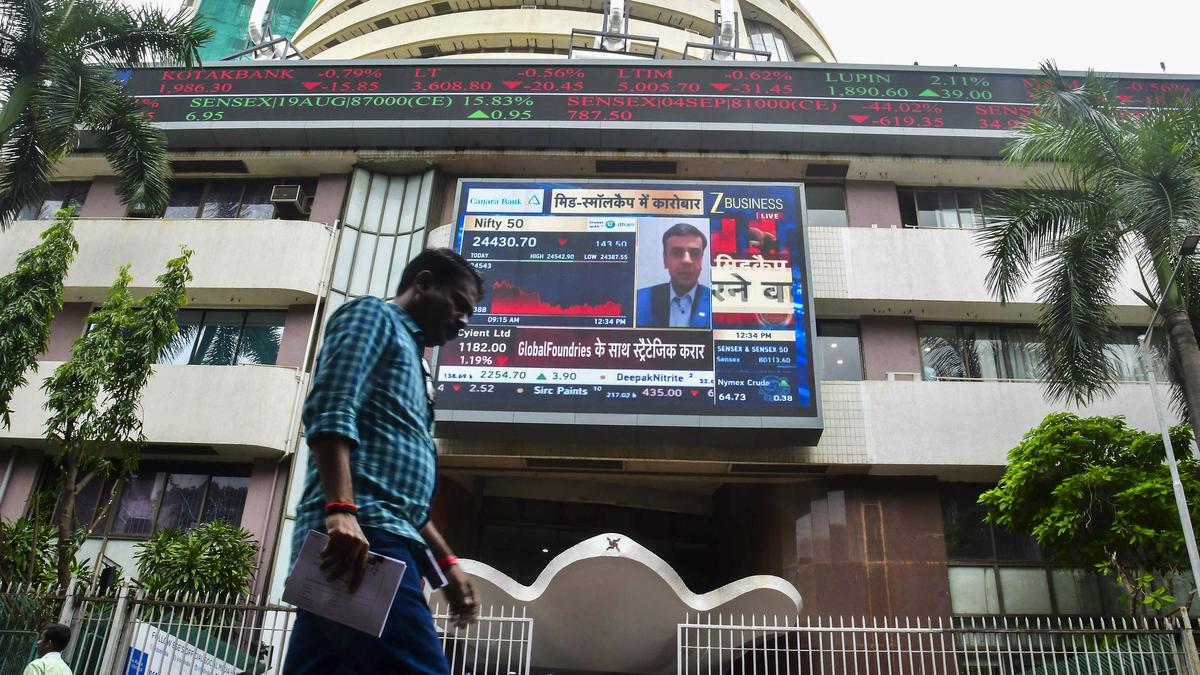



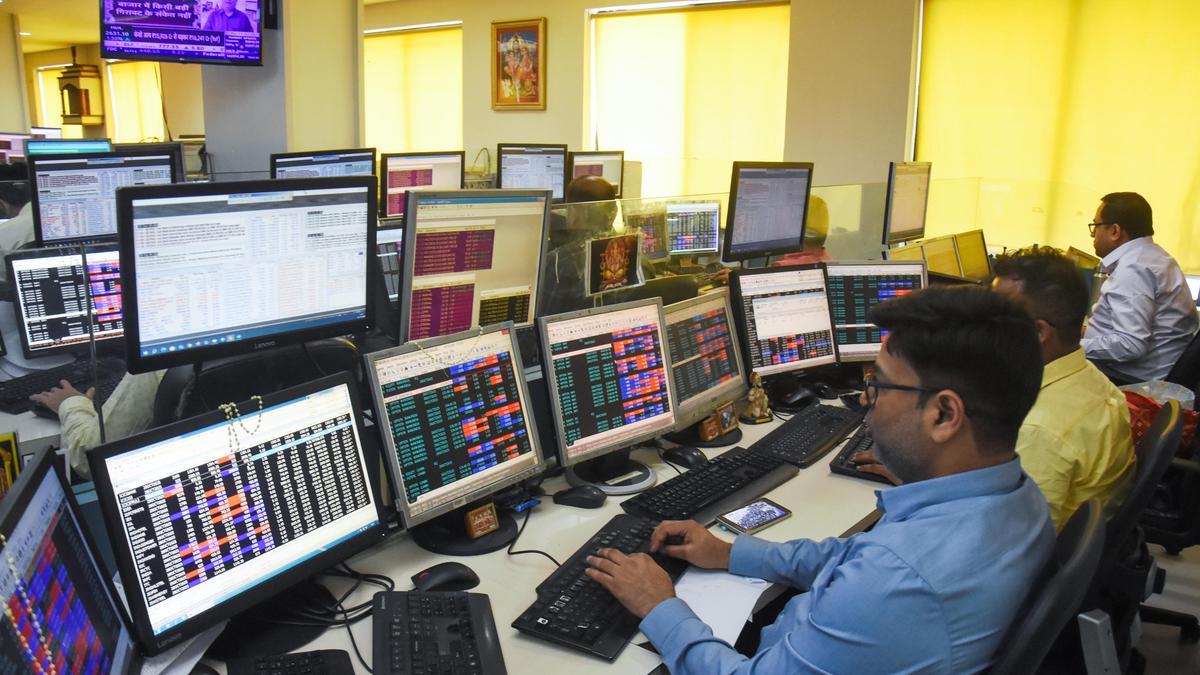













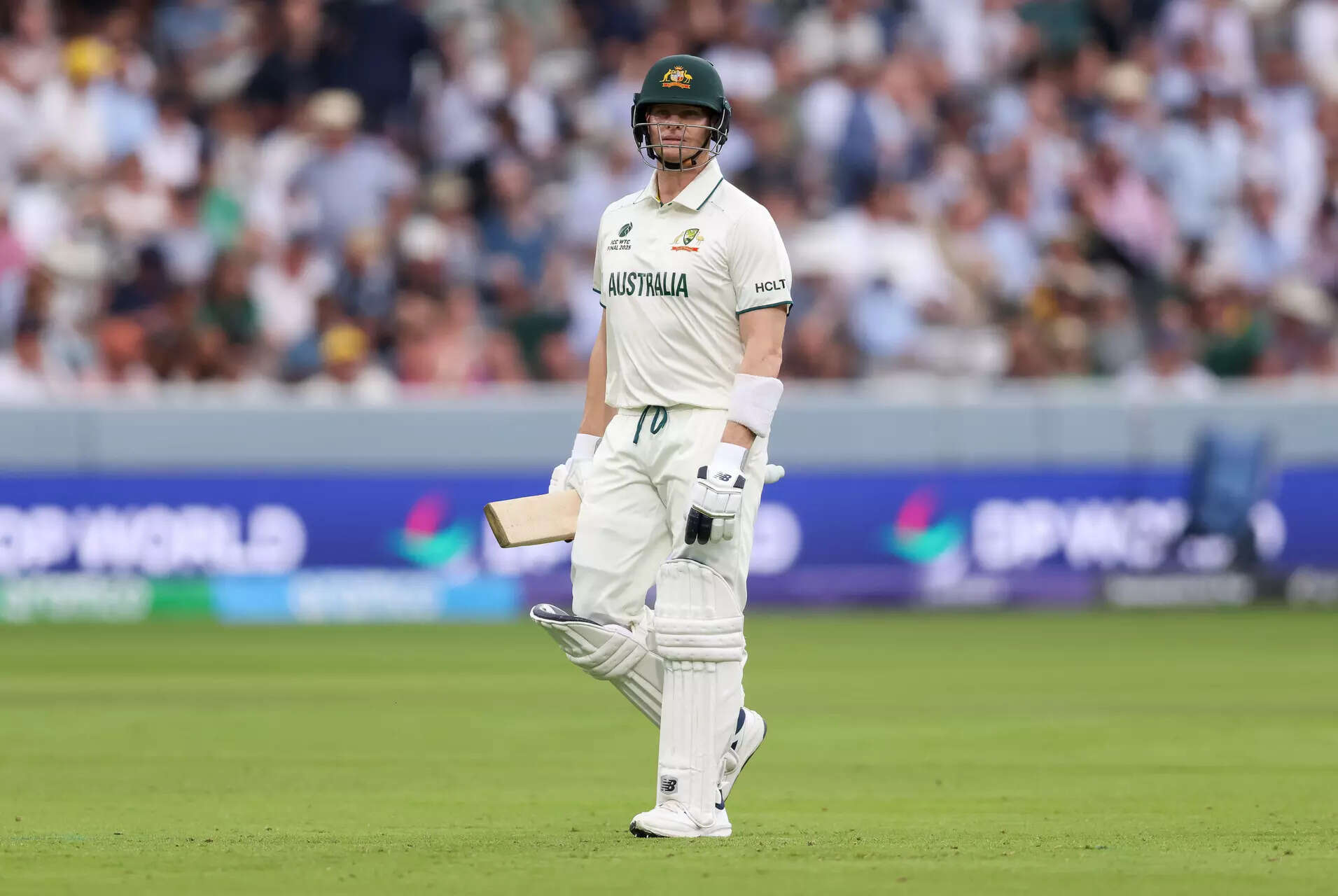
























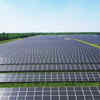










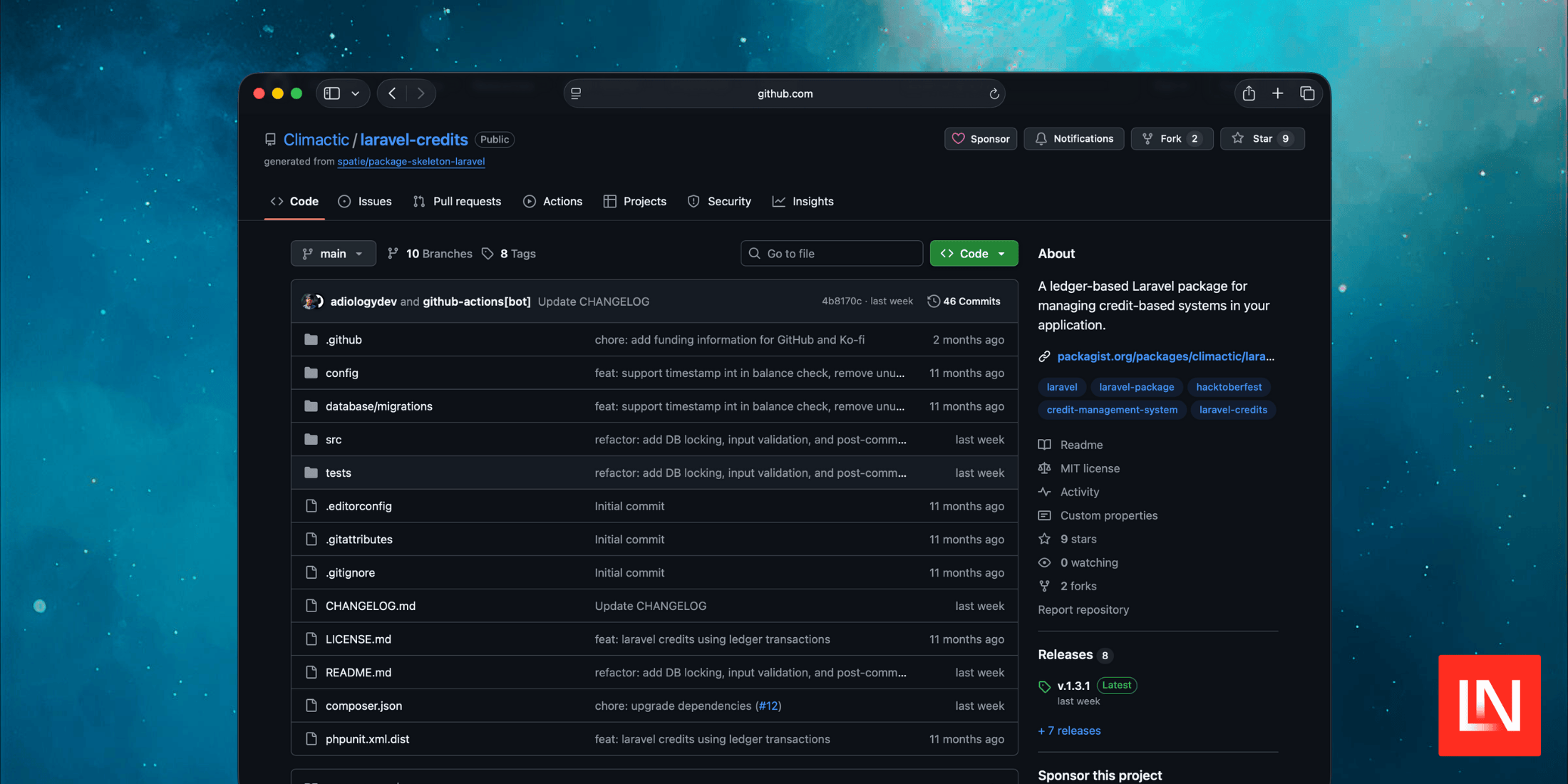








.svg)



